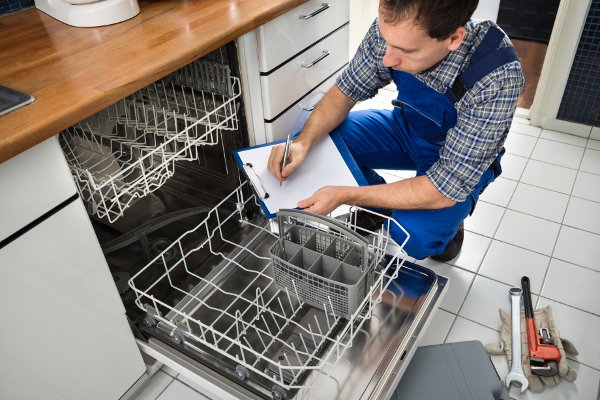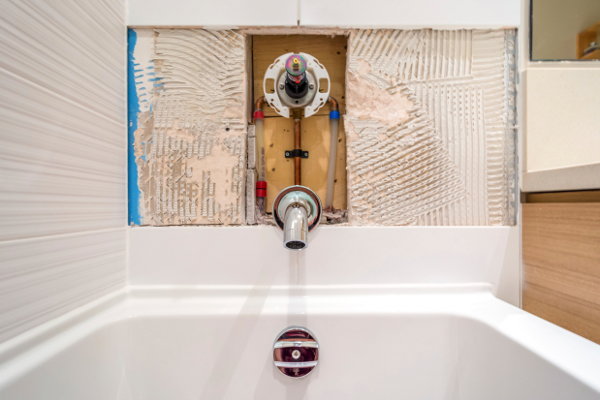Interior painting can be a little bit of a pain when you need to move all the furniture, paint the walls, ceiling, and trim. Specially when you need to move furniture from one room to the other or to cover it all up. I am going to tell you what we do at Seaway Handyman for painting interior jobs.
The first thing we need to do is decide what exactly needs to get painted and how many coats is required. Let say for example purposes that we are going to paint two coats of paint on the ceiling, walls, and trim.
Lets move what we can from one room to another to give up amble amount of space to move around and use a ladder when we need to. Then, lets cover up all rest of the furniture that cannot be moved from the room. Make sure we wipe down any trim, walls, and remove any nails or hangers on the walls. Place all these Pictures and accessories for hanging pictures into a box. At this point, everything is off the walls and the furniture is now covered or moved.
WE then need to fix any holes using a drywall compound. This might be a two part process if the first coat does not cover the hole completely. ALWAYS use a hand sanding block, NOT a powered sanding tool. Also, use a super smooth sanding block for final finish. After the holes are repaired and completely smooth, then wipe up the walls, trim, and everywhere the dust is. You cannot paint if there is any sign of dust!
The first thing we need to paint is the ceiling. Start by going around the trim, ceiling fans, and lights so that when you come back with your roller, you have everything trim painted properly. Let the ceiling paint dry for 2 hours ( Behr FLAT Ceiling Paint ). I normally go a little but on the walls by a quarter inch to make sure that when I cut the walls, the ceiling and walls are done correctly and no other old paint will ever show. Please note that the walls will be cut where the ceiling and walls meet with a straight line. Once the ceiling is painted two coats, lets move onto the trim.
Paint around the trim for the door frames, floor boards, windows, and what ever has trim that requires painting on. Again, I will go onto the walls from the trim a quarter inch so when I cut with the wall paint, the old paint will not show what so ever. This will require two coats of trim. When the trim is all done, the next step is the add tape to the floor trim.
The trim paint has to be completely dry. Add BLUE painters tape to straight edge of bottom floor trim. This will allow for a straight edge when doing the bottom walls and protect from splatter when rolling the walls. Once the tape is on CORRECTLY, the next step is to paint the walls.
Start by cutting the ceiling to the walls with a STRAIGHT edge and by hand only. I never use any tool for cutting as the ceilings are NEVER 100% accurate and sometimes tools can make more of a problem than they are worth. Use a steady hand and take your time to do a nice straight cut line. Come down from the ceiling/wall angle about 2-3 inches to allow for the roller to meet up when rolling the walls. Once the cutting is done for the ceiling/walls, and the light switches and sockets, then its time to roll the walls.
Rolls the walls one coat then come back and do another coat on the cutting, then roll again for the second coat.
Let the paint dry for 24 hours before you put your furniture back.
And for assistance with all of your home repair needs,
Pro-Fix Home Repair stands ready to help. Give us a call @ 770-575-2533 or www.ProFixHomeRepair.com










